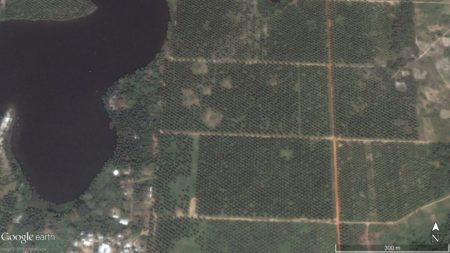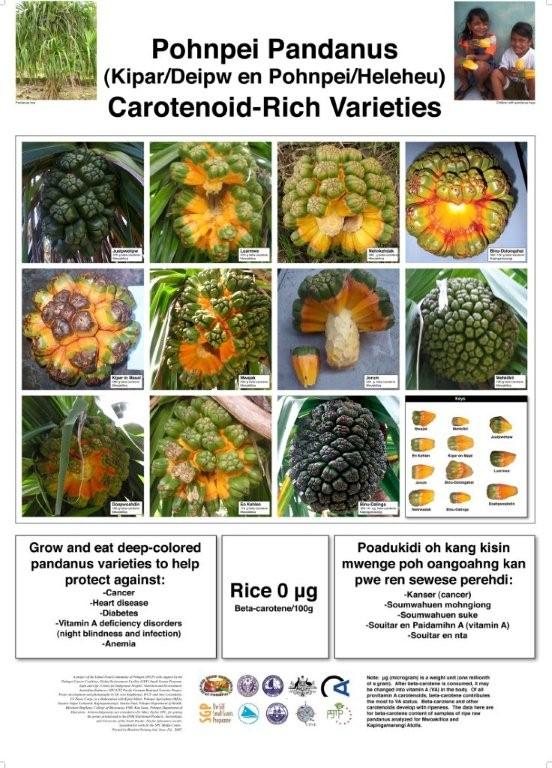Scientists at the Australian CSIRO and Sydney University, working with colleagues at CIMMYT in Mexico, have built a chromosome that brings together the disease resistance genes of two wild wheat species into a single genetic package. ((L. Ayala-Navarrete, H. S. Bariana, R. P. Singh, J. M. Gibson, A. A. Mechanicos and P. J. Larkin (2007) Trigenomic chromosomes by recombination of Thinopyrum intermedium and Th. ponticum translocations in wheat. Theoretical and Applied Genetics, 116: 63-75.)) This should make life easier for wheat breeders; while they may be able to find valuable genes in wheat’s wild relatives, those genes are often accompanied by large blocks of other genes that often bring bad qualities. Getting the harmful genes out of the cross is apparently sometimes so difficult that breeders give up.
Thinopyrum intermedium (intermediate wheatgrass) contributed resistance to barley dwarf yellow virus, while Th. ponticum (tall wheatgrass) supplied a couple of rust resistance genes. They are both on the short arm of one of the wheat chromosomes, but without the baggage normally associated with genes from wild relatives. Crosses with bread wheats resulted in fertile offspring with the required resistance. These are being used to study the genes further in search of molecular markers that will help breeders to identify valuable crosses.
According to a press release:
By developing new DNA markers and by careful testing the team has produced a number of the disease resistance packages for wheat breeders, making it faster and easier to include these important disease resistance traits in future wheat varieties.

